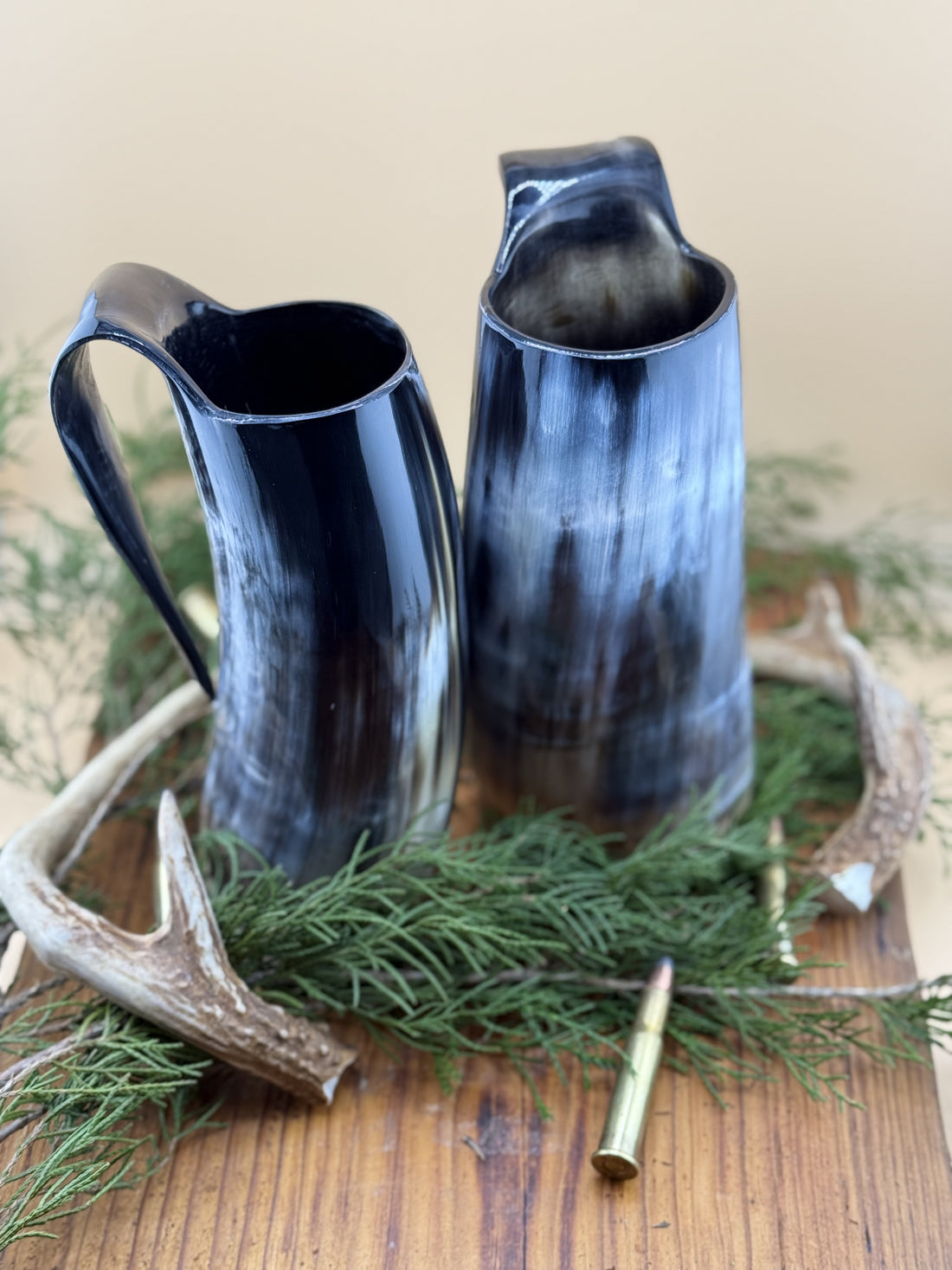Imagine preparing a fresh trout caught on a serene morning at the lake. There's something satisfying about turning raw ingredients into a beautifully filleted piece of fish. But as any seasoned angler or chef will tell you, the secret to achieving that perfect fillet lies not only in technique but in the quality of the filleting knife you use. While the right knife can transform the filleting process into a smooth and enjoyable experience, a dull or poorly constructed blade can quickly turn it into a frustrating ordeal.
A good fillet knife is essential due to its ability to make precise cuts and efficiently separate bones from flesh without damaging the delicate meat. This precision is crucial when dealing with trout, known for its tender texture. A properly sharpened and well-crafted fillet knife allows you to maintain the fish's flavor and appearance, making it not just a kitchen tool but an integral part of your culinary journey.
In the world of knives, craftsmanship is key. Whether forged or created through stock removal, a knife's construction begins with selecting the right steel. High-carbon stainless steel is a favorite for its resistance to rust and ability to hold an edge, crucial for filleting tasks. Melted and shaped through expert heat treatment processes, these blades combine strength, flexibility, and longevity - essential traits for dealing with the intricate anatomy of fish.
Blade material isn't the only component of a quality fillet knife. Handle ergonomics play a significant role in user comfort, especially for tasks that require delicate maneuvers. A well-balanced knife reduces fatigue and increases control, allowing you to focus on perfecting your technique. With a keen edge that retains sharpness, your fillet knife becomes an extension of your hand, slicing fish with minimal effort. This level of precision is not just limited to the kitchen; hunters and first responders rely on expertly crafted knives for field dressing and tactical situations, underlining the versatile importance of a reliable blade.
Knife safety and maintenance are equally important. Regular sharpening ensures your knife stays in optimal working condition, while proper storage and care prolong its life. For those new to the world of knife care, investing in a quality sharpening tool can make all the difference. Knowing how to maintain your knife not only enhances your culinary skills but also safeguards against accidents that come with dull blades.
When shopping for a fillet knife, it's easy to get overwhelmed by choices. Here are some tips to consider: look for brands with a reputation for quality, check reviews for performance and durability, and feel the knife in your hand, ensuring it feels balanced and comfortable. Avoid common pitfalls such as purchasing solely based on price or aesthetic appeal. A high-quality knife is a long-term investment in your culinary toolkit, enhancing not just your cooking, but your overall experience in the kitchen.
The next time you prepare to fillet a trout, consider the difference a precision-crafted fillet knife would make. By investing in a high-quality knife, you not only select a tool that helps you create culinary art but also elevate your skills and pleasure in cooking. Don't compromise on this essential tool. Explore our collection of expertly crafted knives and experience the difference yourself. Whether you're an avid cook or just starting, enhance your kitchen with a knife that professionals trust. Visit our store now to find your perfect match and experience the joy of effortless filleting.

